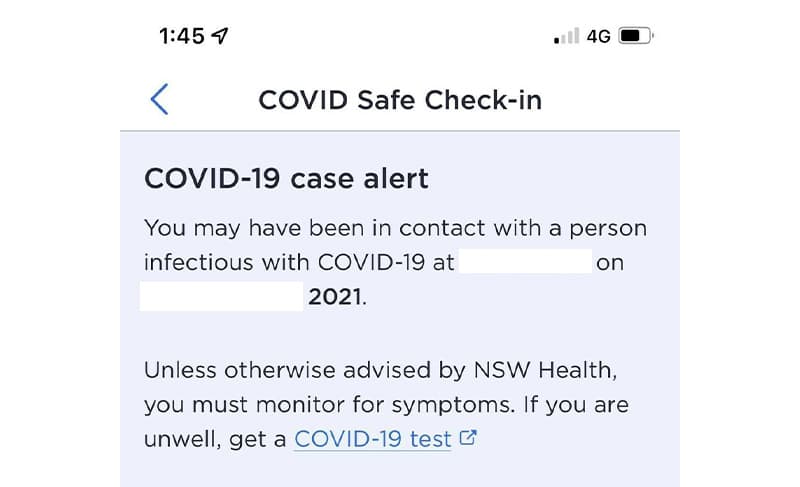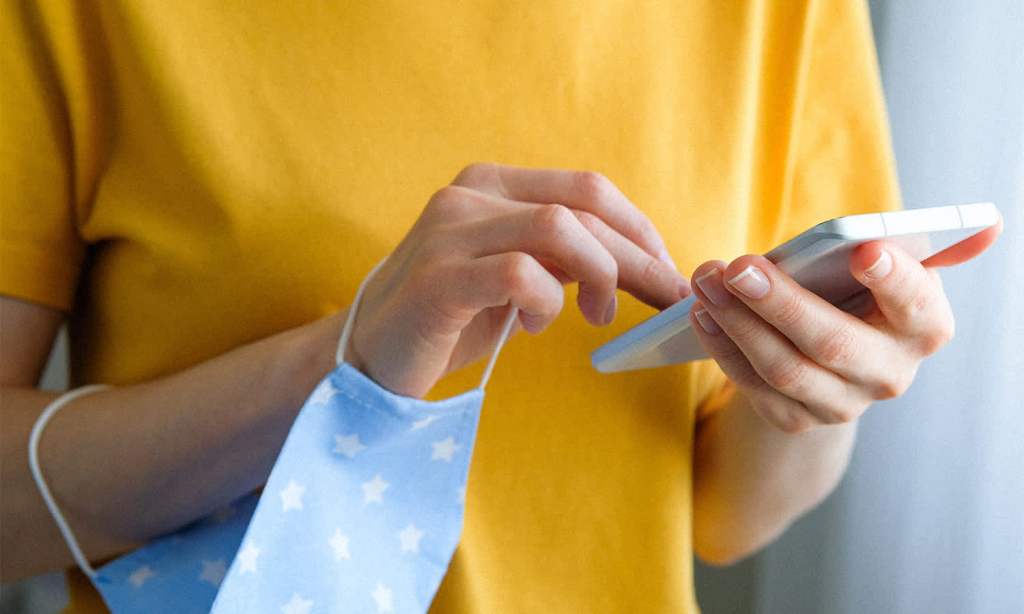As the locked down states start to reopen in Australia along with domestic and international borders, it’s expected that COVID-19 case numbers will soon begin to rise across the country.
That shouldn’t be too much of a problem, as vaccination rates rise and restrictions like social distancing and mask wearing remain in place, however it does mean that more and more of us are going to find ourselves at the business end of a COVID notification sooner or later.
Using COVID check in apps to log your movements in and out of buildings is an essential way to help manage and understand the spread of COVID-19. Those apps can then feed back to the individual to notify them if someone who has tested positive for COVID was also in the same venue at the same time.
However, as rules and regulations shift, it’s not always exactly clear what needs to be done once you get that notification. Here’s what you should do if you get the dreaded alert.
Monitor For Symptoms
Current state health services are not quite as sharp as they once used to be at tracking and logging all COVID-19 cases. At the start of the delta outbreak in June, a single case would be tracked and all possible contacts traced within a matter of hours.
Now though, with more cases but transmission considered less of a priority, it might take a week or more before you’ll have clear instructions on what to do if you get that COVID case alert.
The NSW COVID case alert looks like this:

All it tells you is that you should monitor for symptoms and get tested if you feel unwell.
At this stage, you are not considered a close, casual, or secondary contact. The contact tracing team will still be working out exactly when and where the positive case will have been and how many people are likely to have been infected, if at all. That doesn’t mean that you won’t be added to one of those categories, just that you aren’t considered a contact yet.
At this stage, you technically don’t have to do anything, however, best practice and common sense should prevail here. Avoid mixing with other people if possible, wear a mask when you leave the house, and get tested a few days after the possible exposure.
It can take up to 14 days for symptoms of COVID-19 to show up, however, the PCR tests should be able to pick up COVID five days after infection. If you test positive, you’ll have to follow isolation procedures and avoid contact with anyone for at least 14 days. If you test negative, it’s a good idea to get a follow-up test a week later to be 100% sure, or if you develop symptoms.
Notifications like this one are scary but they don’t necessarily mean that you have COVID. Use caution but expect that, as the country opens up, more and more of us will be getting messages like this.
Read more stories from The Latch and subscribe to our email newsletter.







